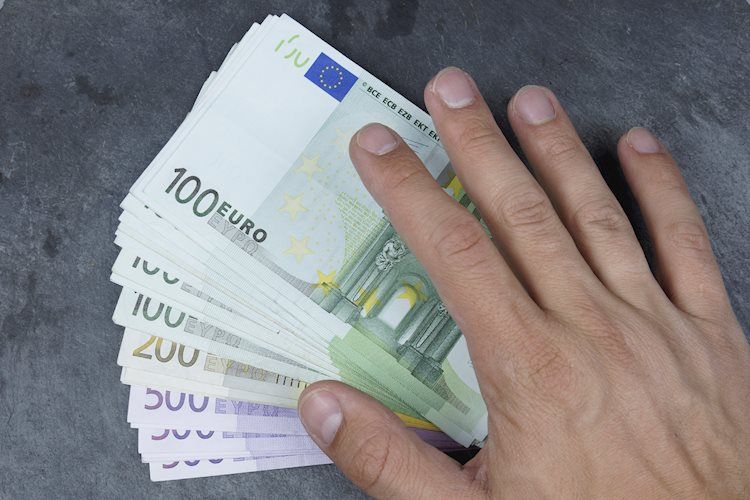The EUR/USD pair has been experiencing losses after breaking below the 1.1100 support level, with analysts forecasting that the European Central Bank (ECB) will cut rates by 25 basis points on September 12. Market sentiment remains cautious as the ECB is expected to lower economic growth and inflation projections. The US Consumer Price Index (CPI) report this week could have an impact on expectations for a rate cut by the Federal Reserve, with a 70% chance of a 25 bps cut and 30% for a 50 bps cut.
The Euro faced a decline of 0.44% on Monday as it traded at 1.1036 against the US Dollar. Wall Street ended the day in positive territory, reflecting strong risk appetite leading into a week with the release of US inflation data. Analysts are anticipating a 25 basis point rate cut by the ECB at their upcoming meeting.
BBH analysts predict that the ECB will maintain its cautious approach to easing monetary policy, remaining data-dependent in their decisions. There is an expectation for revisions to economic growth and inflation projections, along with a prediction of further rate cuts before the end of the year. The Eurozone economic calendar will see releases such as German Inflation data and the EU’s Industrial Production figures.
The US Consumer Price Index for August is projected to move closer to the Federal Reserve’s goal of 2%. If the CPI falls, there may be an increased likelihood of a 50 bps rate cut by the Fed. Currently, the odds of a 25 bps rate cut stand at 70%, with a 30% chance of a 50 bps rate cut according to the CME FedWatch Tool.
On a technical perspective, the EUR/USD pair is viewed as neutral to slightly bullish, with a potential downside if it breaks below the September 3 low of 1.1026. Key support levels to watch include 1.1000 and the 50-day moving average at 1.0958. In the event of a bullish breakout, the pair will need to surpass the September 9 high at 1.1091 to continue its upward momentum.
The Euro is the currency used in 20 EU countries within the Eurozone and is the second most traded currency in the world after the US Dollar. The European Central Bank (ECB) in Frankfurt sets interest rates and manages monetary policy to maintain price stability. Factors such as inflation data, economic indicators, and the Trade Balance are crucial in determining the strength of the Euro. Positive economic data can attract foreign investment and potentially lead to rate hikes, strengthening the Euro. Conversely, weak economic data can cause the Euro to depreciate.











